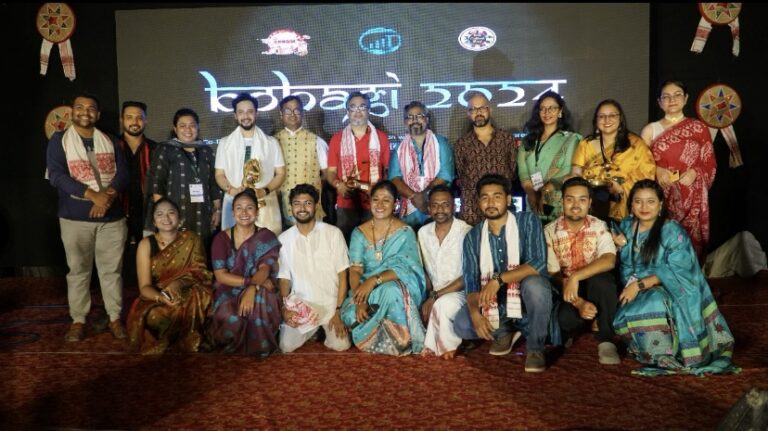Even as India and Pakistan were in a tense stand-off in the third and fourth weeks of February on the Western Front, on the Eastern Front, the Indian and the Myanmarese armies were launching a coordinated effort to strike at positions of the so-called Arakan Army, which threatened a crucial connectivity project between the two countries.
The Kaladan Multi-Modal Transit Transport project connects Kolkata port with Sittwe seaport in Myanmar, providing an alternative route to and from India’s northeastern states and reducing pressure on the Siliguri corridor. The project will also connect Sittwe via an inland river system using the Kaladan river and highways to Zorinpui and Aizawl in Mizoram.
The Arakan Army, an insurgent group, has been threatening and trying to extort money from Indian fabricators working on the Kaladan project. At least one soldier of the Myanmarese army was critically injured in an improvised explosive device blast, said a senior army officer who did not want to be named.
India’s role in the operation was to ensure the rebels did not cross into its territory and escape, and to this end, at least 10,000 Indian troops (Assam Rifles units) were deployed along the Indo-Myanmar border between February 17 and March 2, according to senior army officials.
The first army officer said at least 12 positions of the Arakan Army were destroyed by the Myanmarese army, and many of the “1,500-off rebels” taken into custody.
The Arakan Army, which has not signed the Myanmar government’s Nationwide Ceasefire Agreement of 2015 with militant groups, has been blamed for a string of attacks in Rakhine state since the beginning of the year.
It was declared a terrorist organisation after it killed 13 policemen in coordinated attacks in Rakhine on January 4. On March 9, the group killed nine policemen in an attack on a post in Rakhine.
Formed in 2009, it is aligned with the Buddhist minority of Rakhine and is believed to have several thousand trained and armed members. It is part of the Northern Alliance — a conglomerate of four rebels groups comprising the Ta’ang National Liberation Army (TNLA), Myanmar National Democratic Alliance Army (MNDAA), and Kachin Independence Army (KIA) . The TNLA, MNDA, and the KIA have all been linked to China in the past.
The group originally had camps in Kachin state close to the border with China but it has moved to Rakhine and Chin states in recent years and established several bases, including some close to the Kaladan transit and transport project. The group carried out several ambushes that affected supplies for the project. The operation, coordinated by the Indian Army and external intelligence agency Research and Analysis Wing (R&AW), was conducted after extensive surveillance with satellites and drones, HT learns.
An official in India’s security establishment said on condition of anonymity that the possibility that the Arakan Army was targeting Kaladan at the behest of an “interest inimical to India” cannot be ruled out.
While the officers confirmed that India and Myanmar were in touch diplomatically ahead of the operation with the two armies holding several meetings to plan it, it was by no means a cross-border strike. “We operated in coordination with the Myanmar Army and our main aim was to prevent elements of the Kachin Army from moving into India,” said a second senior officer in the military establishment, who did not want to be named.
“We don’t need to cross the Myanmar border because there is a mutual understanding on both sides and the Myanmar army largely obliges with whatever we ask them for,” said a third senior army officer closely monitoring the north-east. Among other things, India shared radio sets with the Myanmar Army for “ease of communication and to prevent incidents of friendly fire”.
The Inland Waterways Authority of India (IWAI) is the nodal agency for the implementing the Kaladan project. According to an IWAI official, who asked not to be named, India has already completed one phase of the project.



















